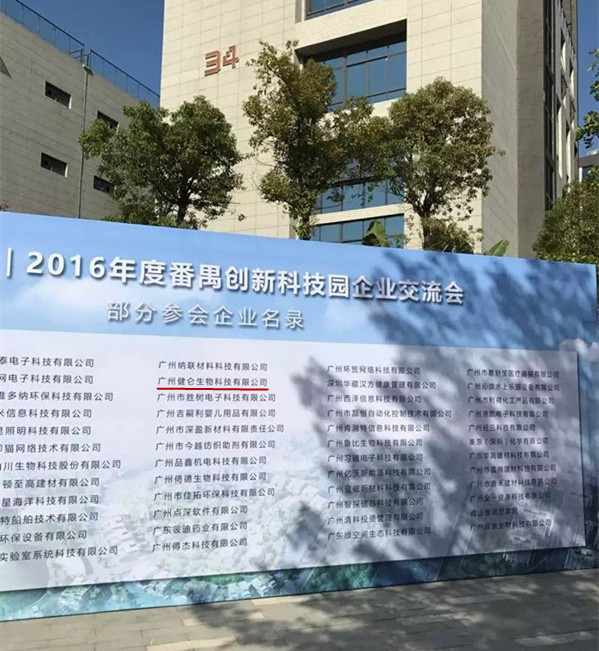- 產(chǎn)品描述
廣州創(chuàng)侖諾如病毒免疫熒光試劑
廣州健侖生物科技有限公司
主要用途:用于檢測(cè)糞便標(biāo)本中的諾如病毒抗原,以支持諾如病毒感染的診斷。
產(chǎn)品規(guī)格:20T/盒
存儲(chǔ)條件:2-30℃
廣州創(chuàng)侖諾如病毒免疫熒光試劑
【產(chǎn)品介紹】
【注意事項(xiàng)】
1. 僅用于體外診斷。
2. 實(shí)驗(yàn)必須由經(jīng)過專業(yè)培訓(xùn)的人員操作。必須嚴(yán)格按照醫(yī)學(xué)實(shí)驗(yàn)室的規(guī)章制度操作。
3. 產(chǎn)品操作時(shí)必須嚴(yán)格按照說明書操作。
4. 樣品稀釋緩沖液中含有Kathon CG 作為防腐劑,此物質(zhì)不能接觸皮膚或粘膜。
5. 樣本和試劑不可以用嘴吸取。
6. 樣本和試劑避免接觸受傷的皮膚或者粘膜。
7. 處理樣本時(shí)應(yīng)該戴一次性手套,完成試驗(yàn)后要洗手。
8. 禁止在樣本和試劑實(shí)驗(yàn)區(qū)域內(nèi)吸煙、吃東西或喝水。
9. 所有試劑和材料如果接觸有潛在感染性的樣本,應(yīng)與樣本一樣,立即用適當(dāng)?shù)南緞ㄈ纾?/span>
次氯酸鈉)或者高壓高溫121℃至少1 小時(shí)處理。
10. 諾如病毒抗原快速檢測(cè)試劑卡(免疫層析法)必須在效期內(nèi)使用。所有的試劑都被調(diào)整
為zui適宜的活性狀態(tài)。稀釋或改變這些試劑將減少其活性。如果不按照說明中的時(shí)
間和溫度進(jìn)行操作,將會(huì)導(dǎo)致錯(cuò)誤的結(jié)果。
11. 不同批號(hào)的諾如病毒抗原快速檢測(cè)試劑卡(免疫層析法)試劑盒中的試劑不可以混用。
12. 試劑和樣本必須避免微生物的污染,否則將會(huì)影響檢測(cè)結(jié)果。
13. 吸取每個(gè)樣本時(shí),必須使用不同的吸管,以防止交叉污染及錯(cuò)誤結(jié)果
14. 每個(gè)檢測(cè)卡只可使用一次
我司還提供其它進(jìn)口或國(guó)產(chǎn)試劑盒:登革熱、瘧疾、西尼羅河、立克次體、無形體、蜱蟲、恙蟲、利什曼原蟲、RK39、漢坦病毒、深林腦炎、流感、A鏈球菌、合胞病毒、腮病毒、乙腦、寨卡、黃熱病、基孔肯雅熱、克錐蟲病、違禁品濫用、肺炎球菌、軍團(tuán)菌、化妝品檢測(cè)、食品安全檢測(cè)等試劑盒以及日本生研細(xì)菌分型診斷血清、德國(guó)SiFin診斷血清、丹麥SSI診斷血清等產(chǎn)品。
歡迎咨詢
歡迎咨詢2042552662
二維碼掃一掃
【公司名稱】 廣州健侖生物科技有限公司
【】 楊永漢
【】
【騰訊 】 2042552662
【公司地址】 廣州清華科技園創(chuàng)新基地番禺石樓鎮(zhèn)創(chuàng)啟路63號(hào)二期2幢101-3室
【企業(yè)文化】



土壤*的泥腥味,主要是放線菌的代謝產(chǎn)物所致。種群多樣性編輯隨著人類認(rèn)識(shí)放線菌的能力和手段不斷提高,越來越多的放線菌種類被發(fā)現(xiàn)和描述。迄今有效描述的菌種約達(dá)2000個(gè),其中鏈霉菌屬的種500多個(gè),占了很大比例。因此鏈霉菌也被成為常見放線菌,常規(guī)檢出率占放線菌95%,而其他種類放線菌的常規(guī)檢出率僅占5%左右,被成為稀有放線菌。據(jù)統(tǒng)計(jì),目前分離到的自然界中的放線菌種類僅為實(shí)際種類的0.1-0.5%。 [2] 分類地位編輯放線菌在形態(tài)上分化為菌絲和孢子,在培養(yǎng)特征上與真菌相似。然而,用近代分子生物學(xué)手段研究結(jié)果表明,放線菌是屬于一類具有分支狀菌絲體的細(xì)菌,革蘭染色為陽性。主要依據(jù)為:①同屬原核微生物:細(xì)胞核無核膜、核仁和真正的染色體;細(xì)胞質(zhì)中缺乏線粒體、內(nèi)質(zhì)網(wǎng)等細(xì)胞器;核糖體為70S;②細(xì)胞結(jié)構(gòu)和化學(xué)組成相似:細(xì)胞具細(xì)胞壁,主要成分為肽聚糖,并含有DPA;放線菌菌絲直徑與細(xì)菌直徑基本相同;③zui適生長(zhǎng)PH范圍與細(xì)菌基本相同,一般呈微堿性;④都對(duì)溶菌酶和抗生素敏感,對(duì)抗真菌藥物不敏感;⑤繁殖方式為無性繁殖,遺傳特性與細(xì)菌相似。
The peculiar muddy smell of soil is mainly caused by the metabolites of actinomycetes. Population Diversity Editing With the continuous improvement of human ability and means of understanding actinomycetes, more and more species of actinomycetes have been discovered and described. So far, about 2000 strains have been effectively described, of which more than 500 strains belong to the genus Streptomyces, which account for a large proportion. Therefore, streptomycetes have also become common actinomycetes. The routine detection rate accounts for 95% of actinomycetes, while the routine detection rate of other types of actinomycetes only accounts for 5% and has become rare actinomycetes. According to statistics, the actinomycetes species currently isolated in nature are only 0.1-0.5% of the actual species. [2] Taxonomic status: Actinomycetes are morphologically differentiated into hyphae and spores and are similar to fungi in culture characteristics. However, the results of modern molecular biology research show that actinomycetes belong to a class of bacteria with branching mycelium, and Gram staining is positive. The main basis is: 1 belong to the prokaryotic microorganisms: nuclear nuclear membrane, nucleoli and true chromosomes; lack of cytoplasm in the mitochondria, endoplasmic reticulum and other organelles; ribosomal 70S; 2 cell structure and chemical composition are similar: cells with cell walls, the main component It is peptidoglycan and contains DPA. The diameter of actinomycetes is basically the same as the diameter of bacteria. 3 The optimum pH range for growth is basically the same as that of bacteria, and it is generally slightly alkaline. 4 Both are sensitive to lysozyme and antibiotics. Insensitive; 5 breeding methods for asexual reproduction, genetic similarity with bacteria.



